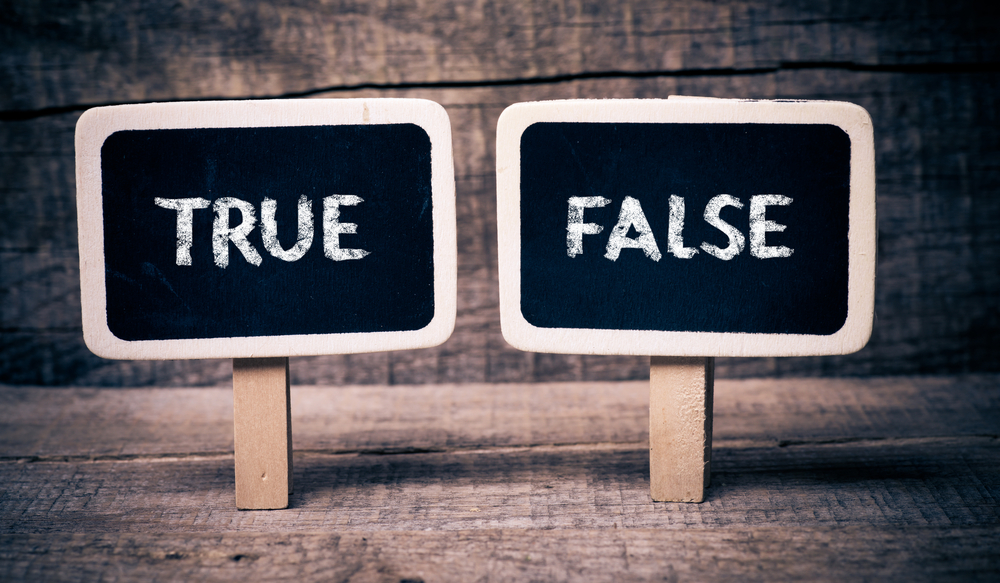In the penultimate part of SlotBeats Spotlight, we take a look at operators apparently advertising higher Return to Player math models than what’s being provided to the player and ask the question, how can this be rectified?
Some operators have been accused of advertising a higher RTP math models than they are providing, how can this be rectified?

David Little, Lightning Box: I can only assume that these operators are not in regulated markets. All of our games are certified by testing authorities such as GLI. Part of that process is obviously to verify the RTP of the game. It is displayed in the rules section of the game and also on the help file.
Operators are not able to change the RTP in the rules section. If they were to change it on the help section, I would imagine they would be at serious risk of losing their licence. For players playing on less scrupulous sites, the old mantra remains the same: play at your own risk!

Tamas Kusztos, Kalamba Games: First of all, there are neutral and independent testing houses which do billions of rounds of testing for a game to get an RNG certificate and that could be made more easily accessible to the players.
The other thing is that sometimes players can perceive the RTP differently. For example, in a game offering a jackpot of one million euros, the RTP for the one winner who claims the jackpot will be sky-high while the RTP for the rest of the players will be low. It doesn’t mean that it’s not mathematically correct.
Many people don’t know the actual RTP of a game comes from extensive testing of game rounds. Obviously one player is not going to play a billion game rounds to have the actual RTP. Some will be winners and some will be losers but the average in the grand scheme of things is correct. This is why the number alone is very easily misunderstood by players.

Rob Lee, Realistic Games: If this is happening, I think it would be down to the relevant regulatory authority to take issue with individual licensees.
Displaying one RTP and providing another, which I assume would be lower, would do nothing for the image of the industry.
The whole point of providing this information – and we should provide more – is that there should be nothing to hide. This would fly in the face of that.

Ivan Kravchuk, Evoplay Entertainment: To rectify this, it is essential that regulatory checks include reporting on any deviations to RTP maths models.
This should of course be happening when licences are issued – with the regulator checking and approving any RTP figures that appear on the operator’s website – but we also need to see more active monitoring in regulated markets to ensure there is a fair playing field for all.

Carl Ejlertsson, Red Tiger: It could be rectified pretty quickly – by ripping up their licence in whichever jurisdiction they are lying to their players in! It would be a huge miss-step for any operator in a licensed market to think this would be a good idea.
RTPs are a complicated subject and there are nuances within them and the other factors that make up mechanics of a game. But the day either operators or suppliers try to disguise them is the day we will lose all credibility.

Jan Urbanec, Endorphina: Some operators have been accused of advertising a higher RTP maths model than they are providing, how can this be rectified?
The operators could feel under pressure from players, gaming authorities, and mostly by game providers.
Advertising different RTPs than what is actually in the game can be interpreted as damaging the supplier product. Players will not only remember the website in question, but also the game name. This can cause serious damage across the game provider’s network of operators.
Operators should be liable for such malpractice. Single-case errors can be corrected, but premeditated behaviour like this is inexcusable.
To read part one, click here
To read part two, click here
To read part three, click here

















